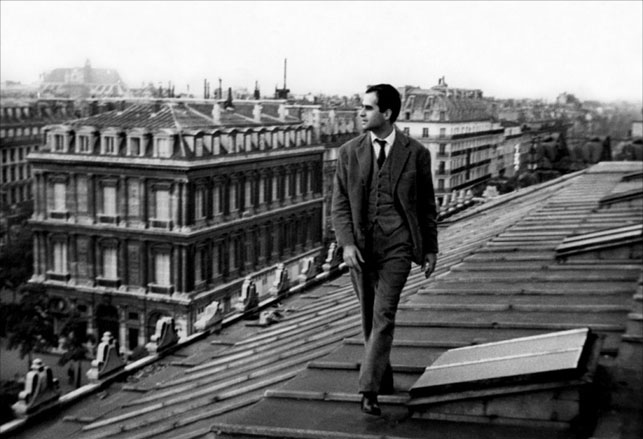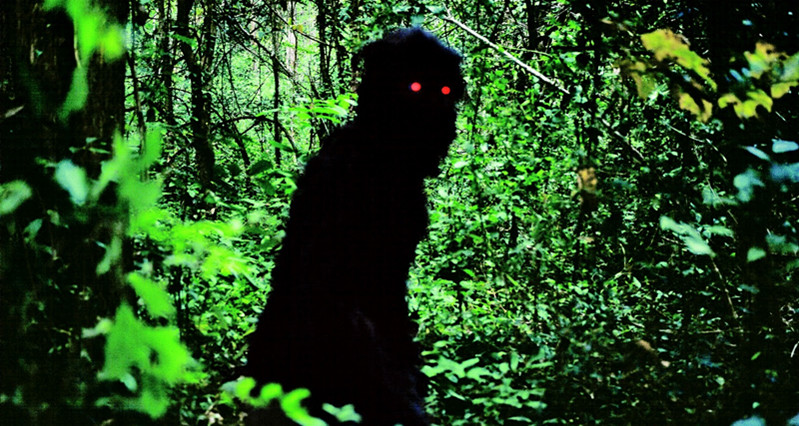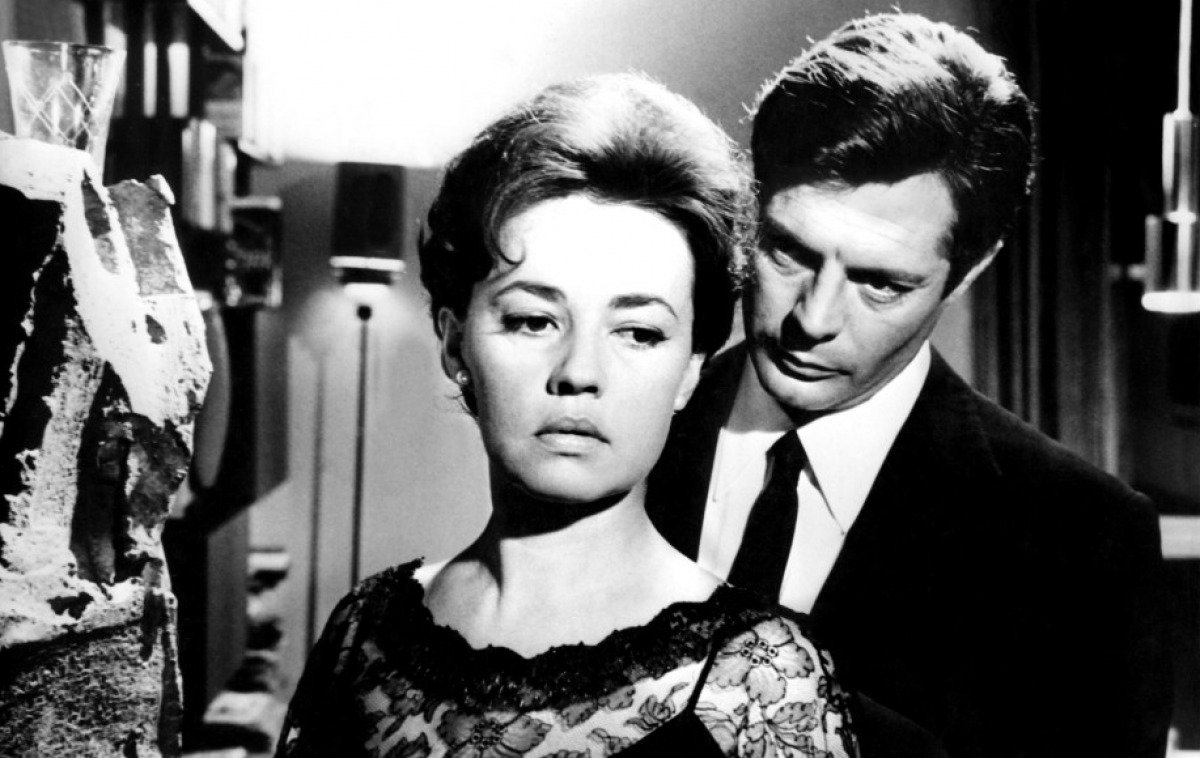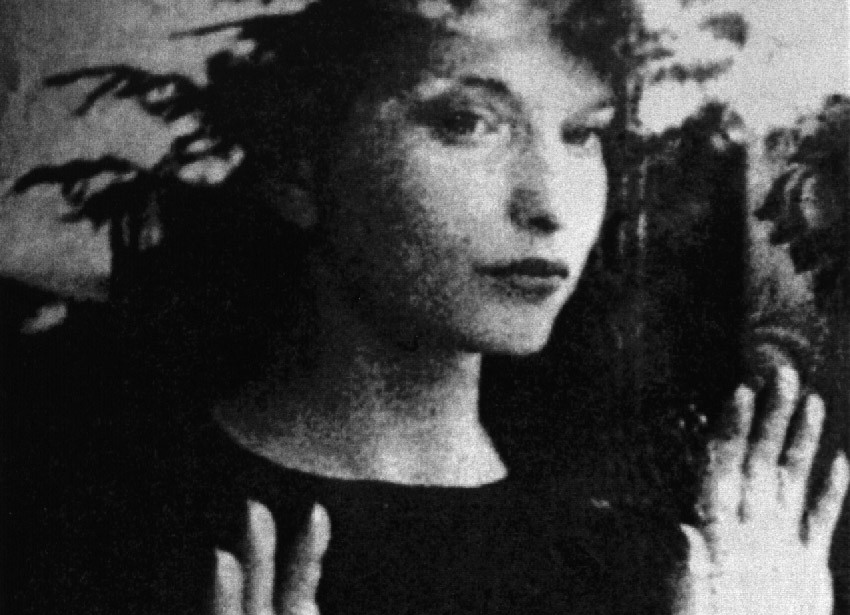
“We are asleep. Our Life is a dream. But we wake up sometimes, just enough to know that we are dreaming.”
– Ludwig Wittgenstein
Ludwig Wittgenstein was an Austrian-British philosopher of logic, mathematics, and language. He has been described as one of the foremost innovators of the philosophy of logic of the 21st Century.
In addition to his philosophical works, he was known as a patron to artists, having donated a large sum of his inherited fortune to various painters, writers and poets. He was also known as someone who had a keen sense of personal morality and duty, having worked on and off as a hospital porter during World War II and serving as a front-line infantryman during the First World War.
He also was a primary school teacher before turning his mind toward philosophy and academia. All of these experiences helped frame his philosophy as one of intertextual connection and propelled him toward discerning a central or congruent meaning of human language and iconography.
His philosophy weaves its way through social science, language, mathematics and logic, seemingly as though it were a philosophical partner to an Einsteinian sort of general theorem of consciousness. His earlier work in the Tractatus Logico Philosophicus (Logico-Philosophical Treatise) is defined by Wittgenstein’s lack of argumentation, but rather a sort of literary exposition of his idea that language can be explained as a set of self-evident propositions which can be combined to create a factual explanation of language as a form of possible structures that collapse together into a unity of form, substance and essence. Basically, it amounts to Wittgenstein’s insistence that all of this aspects formed into a singularity is the world as a whole. He states in the Tractatus that:
“The sum-total of reality is the world.”
In adding up all the forms and factors of individual objects and then subsequently extrapolating the interactions between these individual objects, we are left with their sum, which is the universe containing all of these individual objects. He goes on to further state that:
“Objects, the unalterable, and the substantial are one and the same.” and that:
“Objects are what is unalterable and substantial; their configuration is what is changing and unstable.”
In this way, he negotiates the paradox between the notion of inalterability or the unchanging (the laws which bind logic, reason, language and thought) with the idea of constant flux. In essence, he refers to the assumption that there are things that are inalterable, but the combinations of inalterable objects with one another can be used to combine ideas and concepts. This overarching idea is rendered in the Tractatus as a set of main theses:
“The world is everything that is the case.
1.What is the case (a fact) is the existence of states of affairs.
2.A logical picture of facts is a thought.
3.A thought is a proposition with a sense.
4.A proposition is a truth-function of elementary propositions. (An elementary proposition is a truth-function of itself.)
5.The general form of a proposition is the general form of a truth function. This is the general form of a proposition.
6.Whereof one cannot speak, thereof one must be silent.”
In breaking it down, we can see that Wittgenstein thought of language as a tool for the combination of objects into a structural framework, which is used by people to create meaning of facts, thoughts and propositions. The idea of propositions as a ‘truth function’ plays into Wittgenstein’s fascination of philosophical logic. To Wittgenstein, the truth of a proposition is based upon its value as it relates to the truth of its statement. A truth function can be explained simply like this, for example:
2+2= 4 has truth value, in that it’s a statement that can be deemed true (as opposed to a non truth-functional statement, which is determined as logically false), however ,in a linguistic context, and in an overall semantic framework, we can use the following sentence as an example of non-truth-functional propositional metaphysical logic. Typically, sentences dealing with belief are seen to be non truth functional when applied as binary functions, so:
“Anne believes that Kaufman is a renegade on the run from McCarthyism”
is seen to be contextually false, it is the operator “Anne believes” that decides the subjective truth-value of the claim, which makes the operator inherently non-truth functional, therefore nullifying the unary connector as a positive truth-value as it has no truth-functionality. Because belief is considered a subjective inference of an individual, its truth-functionality is limited in Wittgenstein’s logical framework. Only that “which is” and that “which is not” can be considered statements retaining operative truth values.
This somewhat distill Wittgenstein’s understanding of truth values as they apply to language-based propositions, but his ideas have been as far reaching as physics, computer science and applied mathematics.
His influence has even been seen in the literature of David Foster Wallace, David Markson and Zadie Smith, in the classical music of Gorecki, and in various films, TV Shows and miniseries. Below is a list of films that have been influenced either indirectly or directly by the ideas of Ludwig Wittgenstein.
10. Paris Belongs to Us (1961)

Jacques Rivette, while commonly associated with the French New Wave is sort of eccentric in that while he certainly adopted some nuances and themes that were associated with the New Wave movement, he was iconoclastic, certainly more experimental and markedly more philosophical than his contemporaries were at the time.
Paris Belongs to Us from 1961 is a perplexing film, in that it seems to have very little happening, but exists in a situation that is imbued with anxiety, paranoia and mystery, echoing the feeling of the then-recent Cold War era of the early 1960s. The film perfectly captures the dissonance of which Wittgenstein speaks in the Tractatus, with Betty Schneider (as Anne) questioning the narrative of the world she has been presented being at odds with her perceived reality and the reality of her peers.
Rivette juxtaposes solipsistic metaphysics with atypical form to create a sense of disconnection, which is exemplified by Anne’s frantic attempt in the film to escape her life in Paris. She exemplifies Wittgenstein’s notion of proceduralism, typified by the hierarchy of the six theses. When one cannot understand or explain a concept (most notably a feeling), then one must remain silent.
9. Dogtooth (2009)

Yorgos Lanthimos, the Greek director known for his experimental and stoical directing style released Dogtooth in 2009 to widespread acclaim. The film deals with a family living in isolation, where the grown-children have grown up under a domineering father and his experimentation with constructed language, with the children learning a mixture of Greek and an invented language developed by their parents, which they are made to listen to on ‘learning tapes’.
The children are only aware of the world contained within their parents’ compound. When they realize that the (to put in Wittgensteinian terms) that the limits of their world are not imposed specifically by metaphysical constraints (and rather by physical restraint by their parents), they begin expressing their tumult in disturbing fashions.
Here, Lanthimos exemplifies Wittgenstein’s idea that “the limit of language are the limits of my world” in that once the children are exposed to newer ideas and combinations of older ideas in newer forms, the limits of their world begin to expand, leading them to new and unsettling revelations.
8. Uncle Boonmee Who Can Recall His Past Lives (2010)

Apichatpong “Joe” Weerasethakul’s 2010 film, the winner of the 2010 Palm D’Ore at Cannes, deals with many spiritual, metaphysical and philosophical concepts, however where it stands out in this analysis of Wittgensteinian influence in film is its focus on the nature of memory and how recollection can influence the structure of how an individual perceives the world. Wittgenstein wrote that:
“Many very different things happen when we remember” and that: “whether the things stored up may not constantly change their nature”
In this way, Apichatpong attempts to reconcile this Wittgensteinian ideal by presenting a narrative that flashes back through time, however the audience is constantly at odds with the narrative. We’re made to consider the ‘reality’ of the parabolic stories told by ‘Uncle Boonmee’. We ask: “Are these stories real, or are they simply re-imaginings of particular moments of memory?”
Apichatpong has stated that the film mainly concerns “objects and people that transform or hybridise”, in this way it could be said that he is channeling Wittgenstein’s notion that objects and individuals are static in a way, but the confluence of ideas and connections are able to contribute to our ongoing status of flux.
7. La Notte (1961)

Michelangelo Antonioni’s La Notte is also a film that deals with the nature of memory and how our recollections play into our perception of the world. At one point in the film, Giovanni (played by Marcello Mastroianni) states; “I no longer have inspirations, only recollections”.
Antonioni uses contemplative and realistic cinematography to place the audience into the mindset of the main characters, a husband (the aforementioned Giovanni played by Mastroianni) and his wife, Lidia (played by Jeanne Moreau).
The couple is on the verge of a breakup to their marriage and spend the film trying to move past their grievances and into their own lives, but remain entangled with one another. In this way, the tension between the couple moving apart epitomizes Wittgenstein’s claim that “The world is independent of my will”.
In trying to reign in another person (or object), we seek to make the world subservient to our individual will, which according to Wittgenstein and as presented by Antonioni is not the case. We try and fail to control the external, and end up understanding that there is an independence of objective truth even though it is combined to form the totality of our experiences.
As Giovanni expresses in the film, this realization is heart-breaking, but ultimately allows us to experience the world as something greater than our own individual recollections or experience of its component parts.
6. Meshes of the Afternoon (1943)

Maya Deren’s Meshes of the Afternoon is another of the more experimental representations of Wittgensteinian thought in film, but is nonetheless notable as it depicts the logic of truth as a manifestation of components being unified into a singular concept.
In this case, Deren uses various moments of a simple lazy afternoon as a gauge of the unity of objects into a singularity. She juxtaposes shots of a woman walking around a neighbourhood, herself napping on a chair, moving around her house in an effort to conceptualize her understanding that time-space is a sort of pastiche of individual anomalies proceeding in order.
Eventually, she becomes caught up in a loop of temporality and experiences multiple versions of herself within the same general location. In this way, Deren speaks to the notion of a sort of dissonance caused by the realization of time as one part of the unified experience of being. Wittgenstein called this “Personal Time” and explained it as such:
“We are inclined to say that negation and disjunction are connected with the nature of the proposition, but that time is connected with its content rather than with its nature.”
In connecting time with its content, as Deren does here rather than its nature (as it appears to us), she is able to ascertain the uncertainty we have as it relates to our experience of time (and particularly as it applies to time in a dream-state).
Wittgenstein notes that we are misled by the day to day grammar of language as it relates to our experience of time, in that we must relate time to the content of that which we experience in time and not just in its passing and Deren does an incredible job of depicting this philosophical idea as only it can be done in film, by rearranging moments in time by recording them as an object.